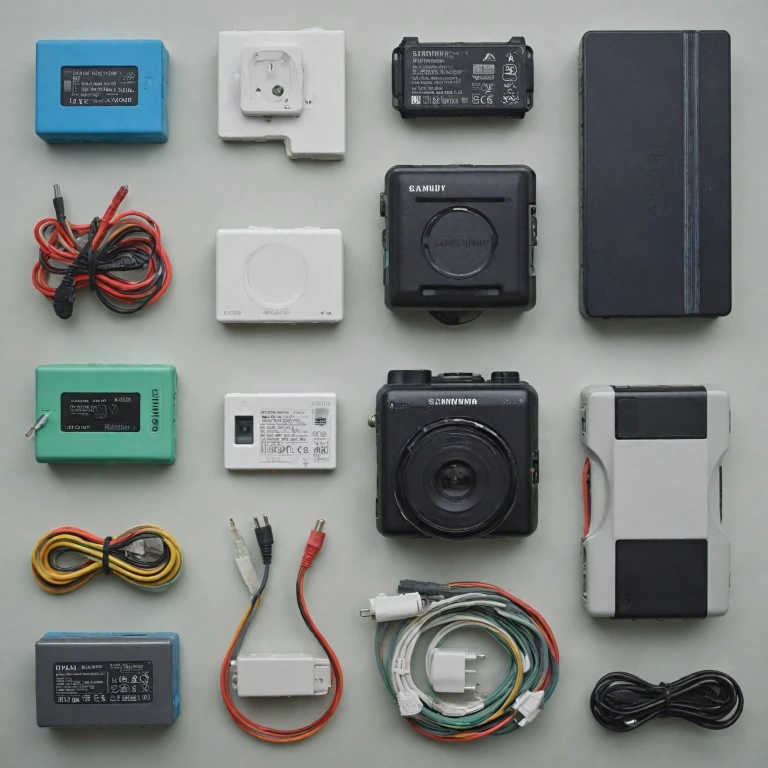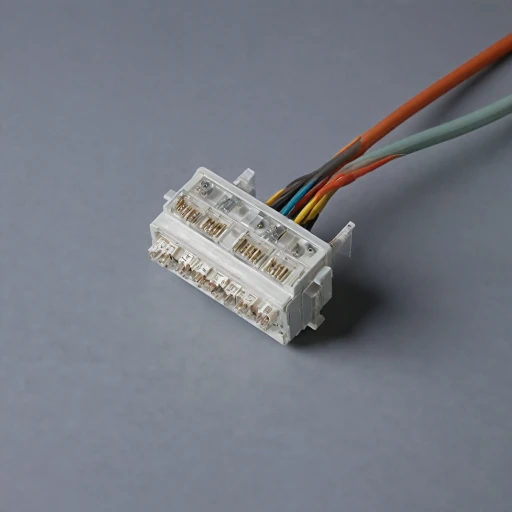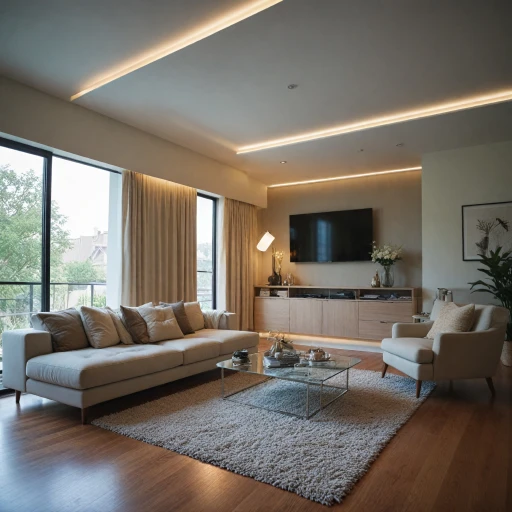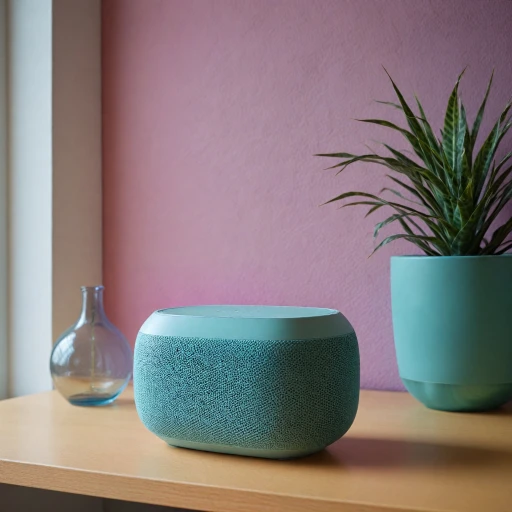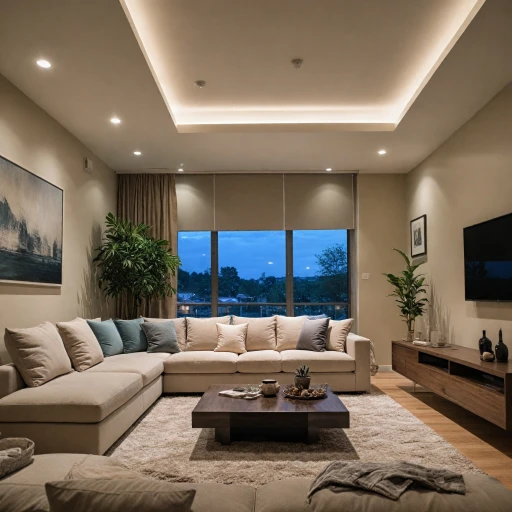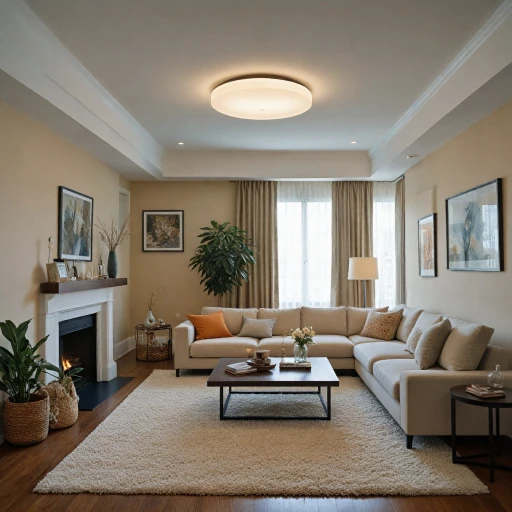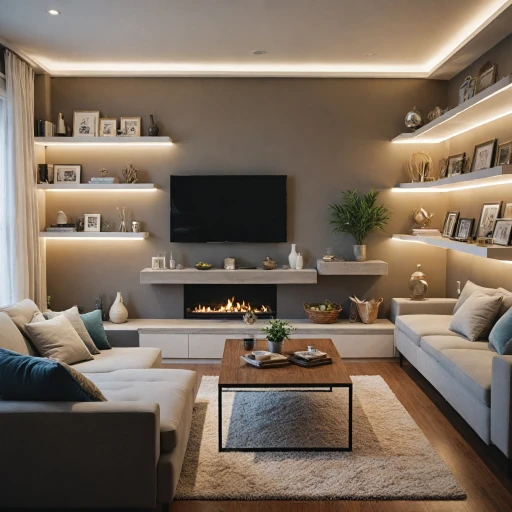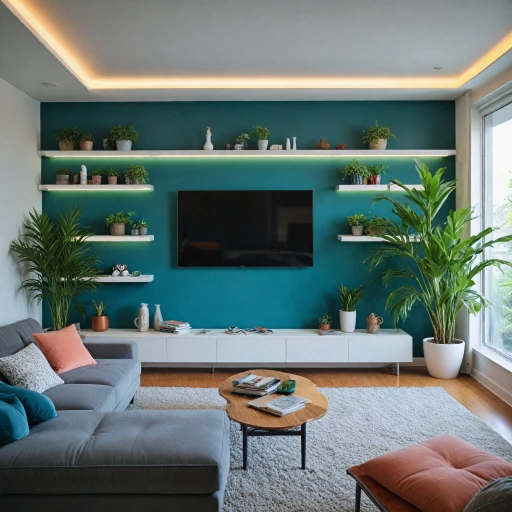
Types of Power Sources for LED Strip Lights
Exploring Different Power Sources for LED Strip Lights
When it comes to illuminating your space with LED strip lights, selecting the appropriate power source is crucial for optimal performance. There are various options to explore, each catering to different needs and preferences for your lighting project.- Plug-In Adapters: These are commonly used for residential applications due to their convenience. Plug-in adapters convert household AC voltage (usually 110-120V in the US) into a lower DC voltage suitable for LED strips. It's important to consider the output voltage of your adapter to ensure compatibility with your lighting setup.
- Hardwired Power Supplies: Ideal for permanent installations, these power solutions are wired directly into your home's electrical system. They offer a clean look without visible cords. This type might require professional installation depending on local codes and regulations.
- Battery Packs: Portable and versatile, battery packs are perfect for temporary or outdoor installations where power outlets aren't readily accessible. They generally offer a dimmable feature, allowing flexibility in how much light is emitted, though the battery life varies based on the strips' current draw.
- USB-Powered Solutions: Convenient for smaller projects, USB-powered LED strips are designed to be connected to 5V USB ports. This setup is perfect for enhancing your space with USB-powered LED tape, especially in areas such as computer desks or TV backlighting.
- Dimmable Power Supplies: For those looking to adjust the brightness of their LED lights, choosing a dimmable power source is essential. These allow for smooth transition between brightness levels, particularly when paired with single-color strips.
Choosing the Right Voltage and Wattage
Voltage and Wattage Selection for Optimal Performance
Choosing the right voltage and wattage for your LED strip lights is crucial to ensure they perform efficiently and last longer. When delving into the world of LED lighting, it’s important to understand how different power supplies influence the performance of your strips. By picking a suitable LED power supply, you help ensure compatibility and preserve the integrity of your entire lighting setup.
Firstly, the voltage requirement for LED strip lights generally falls into either 12V or 24V. Before purchasing your power adapter, carefully check the specifications provided by the manufacturer of your strips. Using the incorrect voltage power can cause insufficient lighting or damage your lights, thus it’s crucial to align with the recommended voltage output.
Wattage calculation is another vital consideration. As a rule of thumb, you should have a power supply that offers at least 20% more power than what your LED strips require. This ensures that your power supply can handle the peak demands of your strip lights, especially if you’re exploring dimmable LEDs or adding more strips to your project in the future.
Ensuring the Correct Power Supply Specifications
Aside from voltage and wattage, be mindful of the current and output specifications of the power supply. A mismatch in current capacity can lead to overheating or shorten the lifespan of your LED lights. Moreover, the power supplies should also have safeguards against over voltage and short circuits.
Product quality is another aspect to look at; many reputable brands on platforms like Amazon offer reliable power supplies with features such as free delivery and competitive price points. However, don't compromise the safety and performance of your LED light strips to save a few bucks. When in doubt, consider reaching out to the manufacturer for guidance on the ideal power supply led driver for your lighting project.
Lastly, integrating aluminum channels can not only enhance the appearance of your lighting setup but also assist with heat dissipation and functional efficiency. When you incorporate these expected setups into your planning, you'll be more prepared for a smoother installation and reliable lighting experience.
Energy Efficiency Considerations
Enhancing Your LED Lighting with Energy Efficiency
Maximizing energy efficiency in your LED strip lights is a smart move not only for your wallet but also for the environment. Selecting the right power supplies is crucial to ensuring that your LEDs draw only as much current as necessary, maintaining optimal performance without excessive energy usage. Consider using a dimmable power supply or LED driver. Dimmable LED options allow you to adjust the light output and conserve energy when full brightness is not needed. This is especially beneficial for single color and dimmable LED strips, where precise lighting control can cover aesthetic and energy considerations alike. For power adapters and LED strip installations, prioritize those with a high efficiency rating, often listed on websites like Amazon under product specifications. These power supplies help to minimize power loss that occurs with less efficient LED power adapters, thereby reducing both energy consumption and electricity bills. Another tip is to maintain the right balance between voltage power and output voltage. A power supply with matching characteristics to your LED strips can result in reduced energy waste. It’s equally essential to consider the total wattage requirements of your LED lights relative to the power output of your supply. Overrating the supply can lead to unnecessary energy use, while underrating might cause functional issues. Ensuring these components are optimized, your LED lighting setup can sustain its brilliance while exerting minimal energy footprint. For advice on how this energy efficiency can be applied to different environments, you might explore ways to enhance your outdoor space with solar-powered pole lights.Installation Tips for Power Sources
Tips for Installing Power Sources with LED Strips
When installing power sources for your LED strip lights, it's important to ensure everything is set up correctly for optimal performance. Use this guide to avoid common pitfalls and enhance your lighting experience:- Plan Your Layout: Before you start, sketch a diagram of how your LED strips will be laid out. This helps in knowing exactly where to place the power supplies, especially when dealing with long strips or multiple strips of LED lights. Consider the placement of your LED driver and power adapter in relation to your strips.
- Proper Voltage and Current Matching: Ensure the power supply matches the voltage and current requirements of your LED strip light to prevent potential damage. The LED strip usually indicates the needed output voltage and max current, so verify this information before purchasing your power supply from marketplaces like Amazon.
- Use Appropriate Connectors: To maintain a stable connection between the LED strips and power supply, use quality connectors. Bad connections can lead to flickering lights or a complete power failure.
- Efficient Cable Management: Organize all wires neatly to avoid tangling and disconnections. Utilize cable ties and channels to keep everything in order and prevent any accidental tugs on the wires.
- Test the Setup: Before fixing everything in place, test your setup to make sure your strips are lighting evenly and that the dimming function, if available, works correctly. Testing can help catch any configuration errors early on.
- Dimming and Color Controls: If you've chosen dimmable LED lights or strips with color-changing capabilities, ensure the products you purchase (e.g., dimmable power supplies) support such functionalities. Some power supplies might not provide the necessary support for all features — always check the specifications.
- Safety Precautions: Always adhere to safety guidelines, such as disconnecting from the power supply when modifying your layout or setup. An adjustable power adapter can help provide safer usage patterns.
Troubleshooting Common Power Issues
Resolving Power Anomalies for Optimal LED Performance
Troubleshooting common power issues with LED strip lights involves recognizing and addressing various problems that can affect the performance of your lighting arrangements. Identifying the root of any issues is crucial for maintaining reliable lighting and avoiding unnecessary stress. One frequent challenge is flickering or inconsistent brightness. This can often be traced back to a mismatch in voltage or an inappropriate power supply. It's essential to ensure that your chosen power supply aligns with the strip light's voltage and current requirements. Inadequate power supplies can result in dimmable LED strips not achieving their full potential due to insufficient power. Overheating is another concern to watch for. If your LED strips are operating at elevated temperatures, it could indicate an overloaded power adapter. A power supply that exceeds the strip's current rating can lead to reduced lifespan or even damage. Always confirm that your power source can handle the output voltage and amperage demands of your LED product. Loose connections are common culprits when it comes to power failures and erratic lighting performance. Regularly inspect connectors between strips and the LED driver or power adapter to ensure solid connections. Secure, reliable connections are vital for consistent lighting. If dimming features aren't functioning correctly, verify the compatibility between the LED dimmable power supplies and the dimmer switch. Not all supplies and dimmers cooperate seamlessly, so double-check product specifications when purchasing from retailers like Amazon to avoid compatibility pitfalls. Lastly, if you encounter any buzzing sounds emanating from the lights or the power supply, this could be a sign of harmonic distortion. Replacing with a higher quality power supply may resolve this issue. It's advisable to invest in well-reviewed LED power supplies from reputable manufacturers to minimize these risks and ensure free delivery for convenient shopping.Future Trends in Power Sources for Smart Lighting
Emerging Trends and Innovative Solutions in Smart Lighting Power Sources
The evolution of smart lighting technology is reshaping the landscape of power sources for LED strip lights. As the demand for energy-efficient and versatile lighting solutions grows, several trends and innovations are emerging in the field.- Advanced LED Drivers and Power Supplies: Modern LED drivers and power supplies are designed to offer improved dimming capabilities and are available in both constant current and constant voltage configurations. These advancements provide greater compatibility with dimmable LED strips, offering seamless control over brightness levels without causing flickering or reverting to full output unexpectedly.
- Integration with Smart Home Systems: Smart lighting systems are increasingly being integrated into larger smart home ecosystems. This integration allows for automated control through voice-assistants or smartphone apps, facilitating personalized lighting schedules and ambient adjustments. Power adapters and supplies are now designed to support these integrations by maintaining consistent voltage power suitable for the digital control features.
- Eco-Friendly and Cost-Effective Solutions: The focus on sustainability has led to the development of eco-friendly products. Energy-efficient power supplies, often featuring switching power technology, are reducing energy consumption and operational costs. Many LED lighting products are also designed for ease of recycling, contributing to a greener environment.
- Customization and Aesthetics: The demand for unique and aesthetically pleasing lighting solutions supports the creation of color-changing and single-color strip lights with versatile power options. Customizable LED strips rely on specialized dimmable power supplies and adapters to achieve desired lighting effects.
- Direct B2C Sales and Online Marketplaces: Platforms such as Amazon have increased access to a variety of LED supplies, offering competitive price points and the convenience of free delivery. Consumers can now explore an extensive product range, selecting components tailored to their specific needs including output voltage and switching power characteristics.
